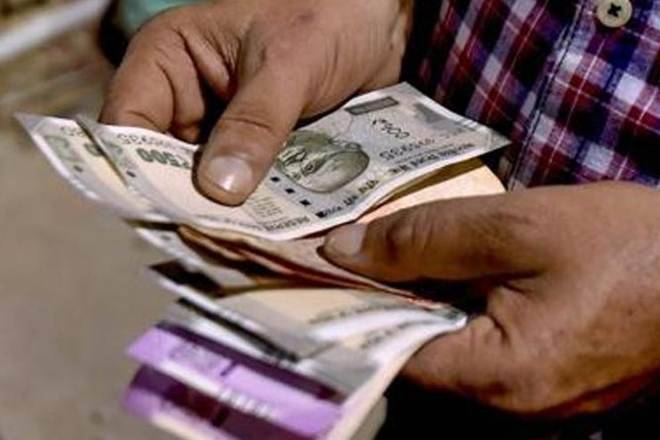5 tax free investment options to become crorepati: A smart investor is one who plans investments accordingly and park funds in schemes that have both the features of tax-saving and tax-free benefits and comes under the EEE category.
What is EEE in Income Tax? 5 tax free investment options to become crorepati: Things have changed dramatically today where we no longer feel the need to be forced by someone to go for savings or plan investments for a safe and better future.
In fact, today’s youth is well concerned about savings and investing for a risk-free future. They believe in investments and passive income to make more money while in sleep. However, as an investor, you should search for investment opportunities that not only reduce your tax burden but also produce income at the maturity that is entirely tax-free.
Here comes the EEE – Exempt Exempt Exempt category. Let’s discuss in detail what actually is EEE category.
Read More: SBI pensioner customers, how to submit life certificate on video call? Here’s a step-by-step guide
What is EEE in Income Tax?
EEE – Exempt Exempt Exempt category
Consider that you plan to invest a certain amount in an investment scheme for saving your tax, so here at the first step your investment is exempted from tax and your part of salary that you invested in the scheme will not be taxable and your investment qualifies for a deduction.
Your second benefit comes when you earn interest over your invested amount. The entire interest that is accumulated over the investment phase is tax-exempted.
The third and final exempt under the EEE category means that the entire income generated including your accumulated interest, principal amount will not be taxable at the time of withdrawal of maturity. This is called EEE – Exempt Exempt Exempt category that is tax exemptions on investment, interest / return and maturity.
Who’s a smart investor?
A smart investor is one who plans investments accordingly and park funds in schemes that have both the features of tax-saving and tax-free benefits and comes under the EEE category.
Read More: How To Apply For EWS Certificate; Check Details Here
5 tax free investment options to become crorepati:
Public Provident Fund (PPF)
If there has been one investment scheme that has continued to rule for decades is the Public Provident Fund (PPF). The craze for this investment scheme has not waned over the years. It’s a risk free investment scheme with promising returns due to its compounding power.
The scheme is backed by the central government and offers high risk-free returns. PPF account can be opened in a bank or in post office. Although, those planning to invest in the scheme should keep one think in mind that the scheme comes with an initial lock-in period of 15 years. PPF falls under the Exempt-Exempt-Exempt (EEE) category. There is an option to extend the tenure of the account in a block of five years after the 15 years maturity.
Sukanya Samriddhi Yojana
Sukanya Samriddhi Yojana was launched as part of government of India’s ‘Beti Bachao Beti Badhao’ campaign. The investment scheme can be opened in the name of a girl child to help her guardian meet financial needs including education and marriage. The scheme is currently offering interest rate of 7.6 per cent per annum. A person planning to invest in Sukanya Samriddhi Yojana can start the scheme any time after the birth of a girl child till she turns 10, with a minimum deposit of Rs 250.
Unit Linked Insurance Plans (ULIPs).
These are life insurance plans for long-term investors with a wide range of investment features. Some of the most unique ULIP features include multi-fund allocation, automated portfolio management, and goal safety.
Equity Linked Savings Scheme (ELSS)
An individual planning to invest in Equity Linked Savings Scheme should keep in mind that capital gains from ELSS up to Rs one lakh in a financial year year are tax-free whereas the capital gains over Rs. 1 lakh are subject to long-term capital gains (LTCG) tax of 10%.
Employee Provident Fund (EPF)
Employee Provident Fund or EPF is a government-sponsored retirement scheme that falls under the EEE (exempt- exempt- exempt) tax category.



































